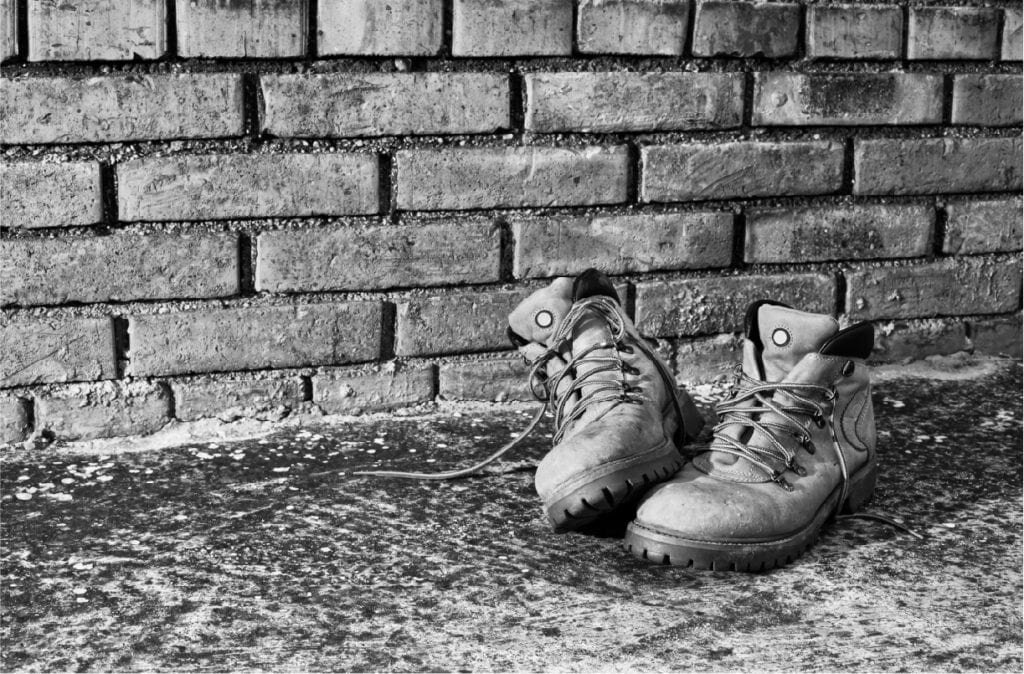How to Get “Safety First” Shoes for the Job
Nearly 25% of workplace harm is caused by accidents related to poor footwear, so making the right choice with shoes can save you a lot of grief. Here are some friendly suggestions for when it's time to purchase safety first shoes for work.
1. Make sure they fit properly
Shoes that fit are always safer. Make sure they aren’t too tight or too loose so you avoid getting blisters and other foot pain. It is a good idea to go somewhere and get assistance from an experienced shoe fitter so you can have an optimal fit. Also, don’t forget to try the shoes on both feet, each foot is usually a slightly different size, so pick the size that fits the biggest foot.
2. Pick safe soles
Depending on the environment, the type of sole you want to use will vary. For rainy days - neoprene and non-slip rubber soles are sufficient. For winter weather you want your soles to have traction. You also want them to be made of a non-slip material such as neoprene and non-slip rubber. For indoors, make sure your shoes stick to the floor, save the high heels for the weekend!
3. NEVER wear flip-flops on the job
They offer no protection and they cause “pronation” as well as a host of other foot problems after extended use.
4. Make sure you know if you need steel toes
Some jobs require extra protection so you might be required to purchase steel toe boots if the job requires them. Even if your job doesn’t require them, you might want to consider getting some if there are potential hazards in your workplace.
5. You don’t need to “break them in”
Shoes that properly fit don’t need to be broken in, they should fit as is.In addition to safe footwear, it is important to be proactive and go above and beyond your jobs required safety procedures. Your safety is paramount, so if you happen to be working alone the SafetyLine Lone Worker app will help you and your employer have peace of mind when it comes to your safety at work.
Wearing the right safety shoes is crucial for preventing workplace injuries. Use our Lone Worker Safety Solution App to enhance safety protocols, and explore our pricing options. Visit our FAQ page for more details.

